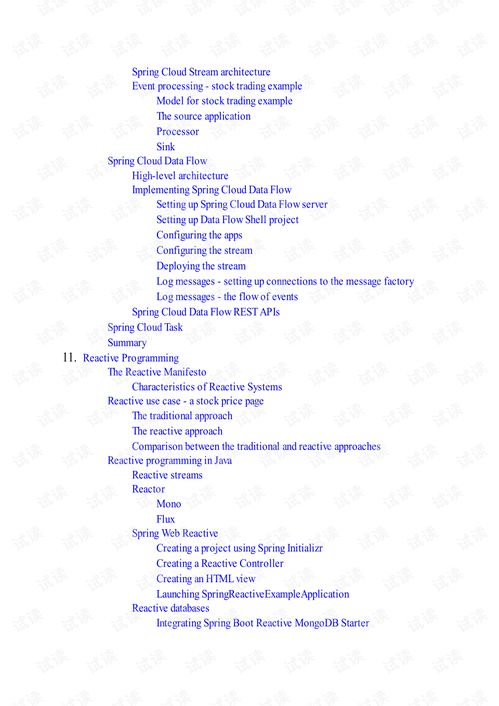Introduction:

Winter fishing can be a serene and rewarding experience, offering anglers a chance to enjoy the tranquility of nature with fewer competitors on the water. However, the cold weather presents its own set of challenges, especially when it comes to adjusting your fishing gear. One of the most crucial aspects of winter fishing is learning how to properly adjust your bait, commonly referred to as "tuning the float." This article will delve into the art of winter fishing and provide you with expert tips on how to master the art of adjusting your bait for the cold season.
Understanding Winter Conditions:
Before diving into the specifics of adjusting your bait, it's essential to understand the unique conditions that winter brings to the fishing scene. Water temperatures drop significantly, fish become more lethargic, and their feeding patterns change. These factors must be considered when determining how to tune your bait.
The Importance of Sensitivity:
One of the first principles to grasp in winter fishing is the need for heightened sensitivity. As water temperatures decrease, fish become less active and may take longer to respond to bait. This means your bait needs to be highly sensitive to even the slightest movements, which is where a well-adjusted float comes into play.
Choosing the Right Float:
The choice of float is crucial in winter fishing. Opt for a float that is more buoyant than you would use in warmer months. This ensures that your bait remains closer to the surface where warmer water is more likely to be found. Additionally, a larger float can provide better visibility, which is beneficial in low-light conditions.
Adjusting the Weight:
To achieve the right balance, you'll need to adjust the weight of your line. In cold water, fish are less likely to move far from their preferred spots, so you want to ensure your bait is close to the bottom but not so heavy that it sinks too quickly. Experiment with lighter weights until you find the sweet spot where your bait can slowly descend to the desired depth.
The Role of the Leader:
The leader, the line that connects your main line to your bait, plays a vital role in winter fishing. A shorter leader can help you present your bait more naturally, as it allows for more subtle movements. Additionally, a leader that is too long can absorb shock and reduce the sensitivity of your setup.
Setting the Float:
Once you have your float and leader in place, it's time to set your float. The goal is to have your bait suspended just above the fish's preferred feeding zone. Adjust the float so that it is just off the bottom, allowing your bait to rise and fall with the currents and movements of the water.
Sensory Feedback:
As you fish, pay close attention to your float. In winter, fish may take longer to respond, so you need to be patient. Look for even the slightest movements, as these can indicate a fish is taking your bait. Remember, a gentle tap on the float can sometimes be more telling than a sudden, dramatic movement.
Adaptability:
Winter conditions can change rapidly, so it's important to be adaptable. If you find that your bait is too heavy or too light, adjust accordingly. Be prepared to change your setup multiple times throughout the day as the water temperature and fish activity fluctuate.
Conclusion:
Mastering the art of adjusting your bait for winter fishing is a skill that can greatly enhance your chances of success. By understanding the unique conditions of cold water, choosing the right gear, and being patient and adaptable, you can turn a challenging season into a highly rewarding one. Remember, the key to winter fishing is not just about catching fish; it's about enjoying the experience and the beauty of nature, even in its coldest form.












